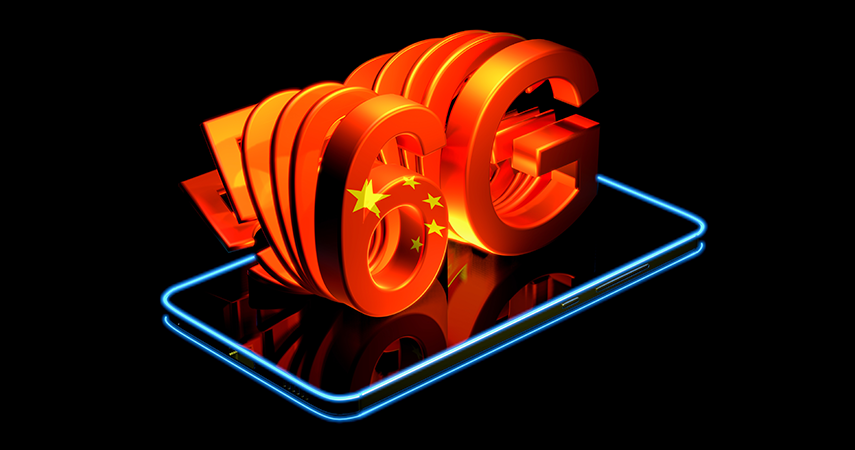China begins 6G research and development

With the roll-out of 5G underway in many major cities across the world, we’re now closer than ever to realising the next great leap in connectivity, enabling further technological innovation. So…what’s next?
With 5G, superior network speeds will soon allow for more data-intensive operations across the IoT ecosystem and end-users will benefit from significantly faster speeds.
Homes and businesses not in the immediate vicinity of a 5G signal will see “last mile” connections come into use and, gradually, as the hardware and infrastructure catches up, 5G will become the standard for all.
READ MORE: Huawei demonstrates VR & 8K streaming on new ultra-high-speed 5G network
However, it is still early in the development of 5G, and as with any new technology, full-scale implementation will take time. Only South Korea and China have realised near-full coverage of major towns and cities, whereas countries like the UK and US are only seeing a handful of cities benefit.
But technology moves fast, so when one great innovation comes along, necessity, or consumer demand, drives the need for something better, faster, smarter or more efficient.
Is 6G on its way?
China’s relentless quest for tech superiority has been further cemented with the news that they’re already working on 5G’s successor. Research and development into 6G is already underway.
The Ministry of Science and Technology, headquartered in Beijing, announced in a statement that it will establish two groups to work on the next next-generation of connectivity.
One group will consolidate members from various government departments to devise a roadmap for the research and development, and the other group will consist of 37 universities, enterprises and research institutes which will tackle the technicalities of 6G.
Wang Wei, deputy director of the Ministry of Science and Technology, said that the current 6G technology research is still in its early stages and that the technical route is still not clear, but highlighted the importance of China’s continued push for innovation.
